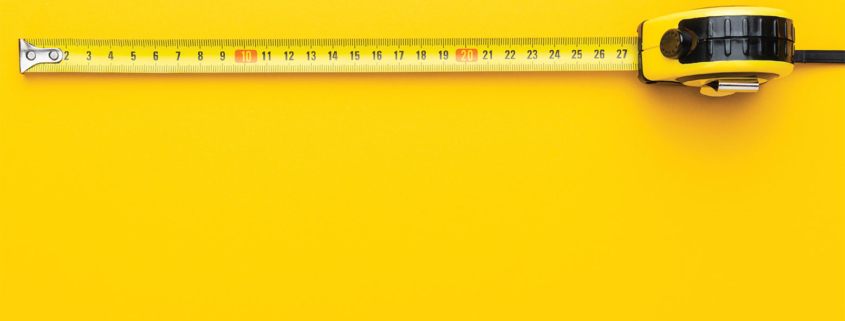Volume calculator
What is CBM? CBM stands for cubic meter. It is a metric unit of volume that describes how much space your consignment takes.
In this article, we will consider the calculation of a carton box, however, the same rules apply to any type of goods…
IMPORTANT NOTE
Please consider that any volume estimation coming from Limajari Cargo is always informative data and is never binding Limajari Cargo to any obligation. By precaution, consider a potential variation, positive or negative, about 20% of the given data.
How to calculate CBM?
Calculating CBM for one carton is easy. All you have to do is multiply all the dimensions of your box (Length, Width, and Height):
CBM = Length * Width * Height (make sure that all of these values are in the same units).
Once you know the CBM of a single carton, you can easily find the total volume of your consignment. All you have to do is multiply this value by the number of cartons:
total volume = CBM * quantity
How to calculate CBM when your package is irregularly shaped?
When it comes to standard, rectangular packages, getting the right CBM measurement is incredibly simple with our shipping container volume calculator.
However, if your package is irregularly shaped, you need to be sure that it does not exceed the limit of the box in any dimension. Imagine, for example, that you would like to ship a really long but narrow consignment.
To solve this problem, you must identify the longest, widest, and tallest parts of your shipment. In other words, you need to figure out the dimensions of the smallest cuboid that your package can fit into.
Container types in the cubic meter calculator
The calculator can determine the shipping limit of the following containers:
- 20′ Standard Dry Container: capacity 33 cbm
- 40′ Standard Dry Container: capacity 66 cbm
- 40′ High Cube Dry Container: capacity 76 cbm
- 45′ High Cube Dry Container: capacity 86 cbm (not available at Limajari Cargo)
Dry containers 20′ and 40′ (general purpose) are sufficient for a broad class of cargo. Read more about container dimensions and various information in our post container dimension.
Sea freight: the volume matters
CBM calculator for shipping may be a useful tool to calculate sea freight.
Maritime transport remains the cheapest and the most important form of cargo. The efficiency of this form of transport has been achieved mostly by containerization. Starting from the mid-twentieth century the containers have standardized dimensions.
Cargo containers enable automation. Goods don’t need to be handled manually anymore. Once containers are delivered to a port, they may be loaded on trucks on trains, and then be shipped to various locations.
Air freight: both volume and weight matter
If you decide to input the weight of a single carton, the CBM calculator for shipping will automatically return two additional values: the total weight and volumetric weight of your cargo.
To display the weight result in the calculator below, please press the “advanced mode” button at the bottom.
What is the difference between the two?
- Total weight (aka “measurable” weight): describes how much your cargo actually weighs.
- Volumetric weight: is an artificial measure of how much space the shipped item occupies.
Volumetric Weight?
The volumetric weight is a ratio predefined implicating that a certain weight should have a defined (maximum) volume.
In air freight, this ratio is :
1.000 kg = 6 cbm (cubic meter) which therefore means that 1 cbm = (1.000 kg/6) or 1 cbm = 166.67 kg.
Therefore, the formula to calculate the volumetric weight (in cbm) is:
If Length, width, and Height are in meters: (Length * Width * Height)/6
If Length, width, and Height are in centimeters: (Length * Width * Height)/6.000
Should you consider the Total/Measurable weight or the volumetric weight for your air freight shipping?
The answer is easy: whichever is the heaviest.
Created by Bogna Szyk and Jakub Janus, PhD
Reviewed by Małgorzata Koperska, MD and Jack Bowater
This is an extract of the original article, find the full version here.





 Limajari Cargo - PT. Limajari Interbhuana
Limajari Cargo - PT. Limajari Interbhuana

